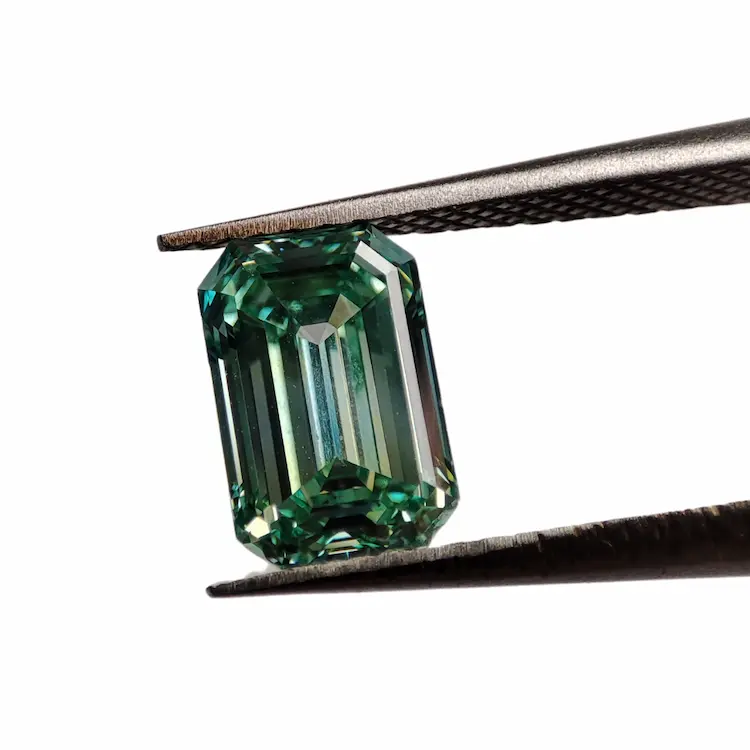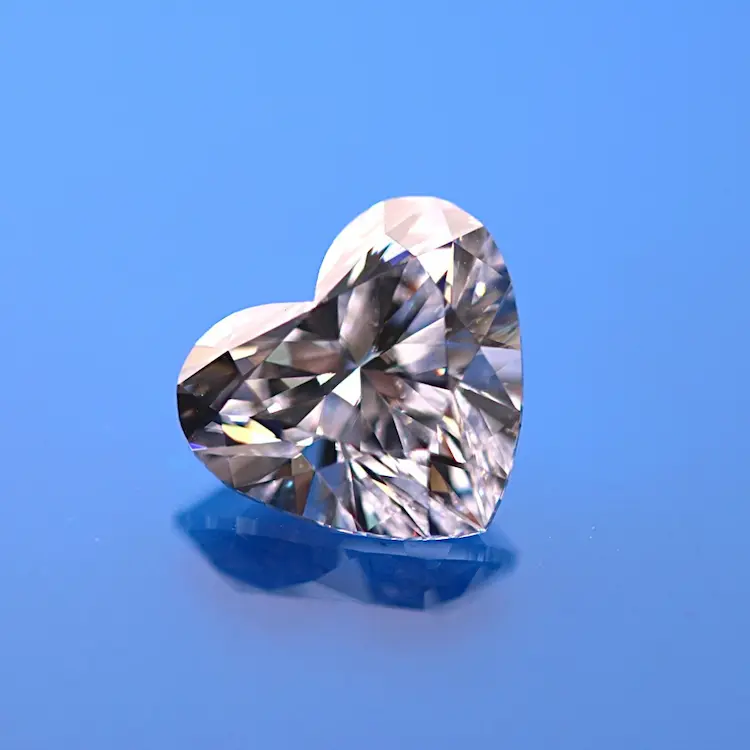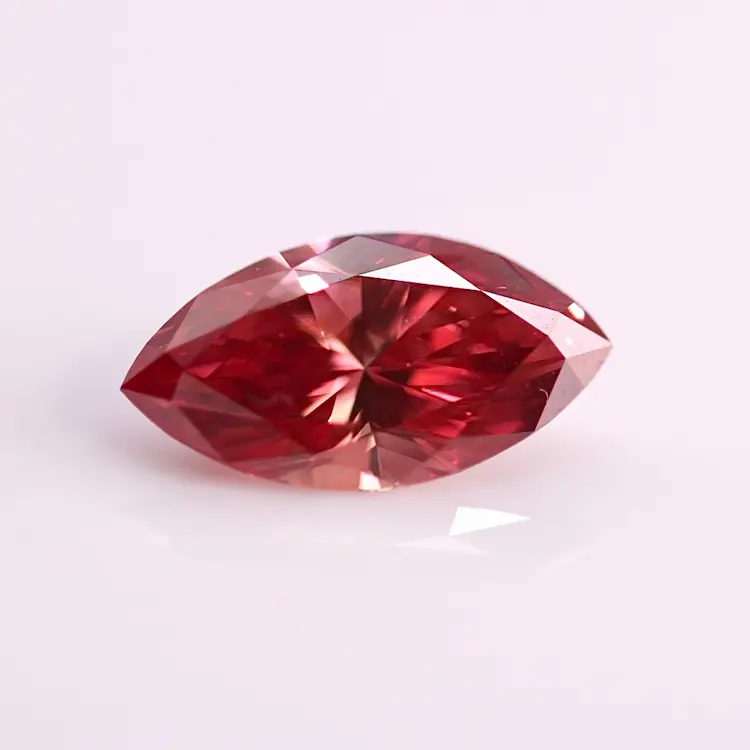
Diamonds have captivated humans for centuries, symbolizing wealth, beauty, and endurance. But beyond their allure lies a fascinating scientific question: Is diamond an element? This query often leads to questions like, Is diamond on the periodic table? or Are diamonds an element or a compound? To fully understand the nature of diamonds, we must explore their composition, structure, and relationship with the elements on the periodic table.
Understanding the Basics: Is Diamond an Element?
To determine whether a diamond is an element, it’s crucial first to define what an element is. An element is a pure substance comprising only one type of atom. Examples of elements include hydrogen, oxygen, and carbon, all represented on the periodic table with specific chemical symbols. So, when someone asks, Is diamond an element? the initial instinct might be to look at the periodic table for an answer.
However, you won’t find diamond listed as an element on the periodic table. The reason for this lies in its composition. Diamonds are composed entirely of carbon atoms. Carbon is an element represented by the symbol “C” on the periodic table. This might lead to confusion when people ask, Is diamond on the periodic table? While carbon is indeed on the periodic table, diamond, as a specific form of carbon, is not. So, while a diamond is not an element in and of itself, it is made entirely from one—carbon.
This brings us to another frequently asked question: Is diamond an element or compound? The answer could be more straightforward and obvious. While diamond is not an element, it’s also not a compound. Instead, it is an allotrope of carbon. Allotropes are different structural forms of the same element, where the atoms are bonded in various ways. In the case of a diamond, the carbon atoms are bonded in a particular arrangement that gives the diamond its distinctive properties.

Are Diamonds an Element or a Compound?
To clarify further, let’s explore the question: Is diamond an element or compound? A compound is defined as a substance made from two or more different elements that are chemically bonded together. Water (H₂O), for instance, is a compound because it consists of hydrogen and oxygen atoms bonded together. Since diamonds are made entirely of carbon atoms, they do not qualify as a compound.
So, if diamonds are not a compound, then what are they? The correct classification for diamonds is that they are pure carbon, specifically an allotrope. In chemistry, an allotrope is a distinct structural form of an element with different physical properties due to the way the atoms are arranged. Graphite, another form of carbon, is an allotrope like diamond but with a very different structure and set of properties.
Therefore, when asked Is diamond an element or compound? the answer is that diamond is neither—it is a crystalline form of the element carbon. This understanding is key to answering other questions, such as Are diamonds an element? Diamonds are not a separate element but a unique manifestation of the carbon element, showcasing carbon’s versatility and the myriad forms it can take.

The Structure of Diamonds: Why They Aren’t Listed as an Element
Now that we’ve established that diamonds are a form of carbon, not a separate element or compound, let’s explore why they are not listed as an element on the periodic table. The periodic table is a chart that organizes all known elements based on their atomic number, electron configuration, and recurring chemical properties. Since diamonds are made entirely of carbon atoms, they don’t qualify as a distinct entry on the periodic table.
Each carbon atom forms strong covalent bonds with four other carbon atoms in a diamond, creating a rigid, three-dimensional lattice structure. This structure is what gives diamonds their incredible hardness, unmatched by any other natural material. It also makes diamonds so brilliant and lustrous, as light refracts within this tightly bonded structure uniquely.
However, despite these unique properties, diamonds do not qualify as an independent element on the periodic table because they do not consist of a new or different type of atom. They are a pure carbon substance, which is why the answer to Is diamond an element? is no. This also explains why Is diamonds on the periodic table? yields a negative answer; diamonds are simply a specific configuration of carbon atoms.

Why Understanding Diamonds Matters
Understanding whether diamonds are an element, compound, or something else entirely is more than just a scientific curiosity. It provides insight into the remarkable versatility of carbon, an element that can form substances as different as graphite, which is soft and opaque, and diamond, which is hard and transparent. These properties are scientifically exciting and have practical applications in fields ranging from jewelry to industrial cutting tools.
Moreover, knowing the answer to questions like Is diamond an element? or Are diamonds an element? helps us appreciate the complexity and beauty of the natural world. It’s fascinating to consider how the same carbon atoms that make up the graphite in a pencil can also create the dazzling diamonds that adorn engagement rings. This duality is a testament to the diversity of matter and the wonders of chemistry.

Conclusion: Is Diamond an Element?
In conclusion, when you ask Is diamond an element? the answer is no—diamonds are not elements. Instead, diamonds are a specific, crystalline form of the element carbon. They are not listed on the periodic table because they do not represent a new or different type of atom; they are simply one of the many ways carbon can arrange itself in nature.
Whether you’re curious about whether diamonds are on the periodic table or trying to understand whether diamonds are an element or compound, it’s important to remember that diamonds, while not an element or compound, are a pure and extraordinary form of carbon. This understanding enhances our appreciation for the natural processes that create these stunning gemstones and underscores the incredible versatility of the element carbon itself.
So, the next time you gaze into the sparkling depths of a diamond, remember that you’re looking at one of the most remarkable forms of an element that’s as old as the universe itself. Diamonds may not be elements, but they are certainly a shining example of the beauty that elements like carbon can create.

